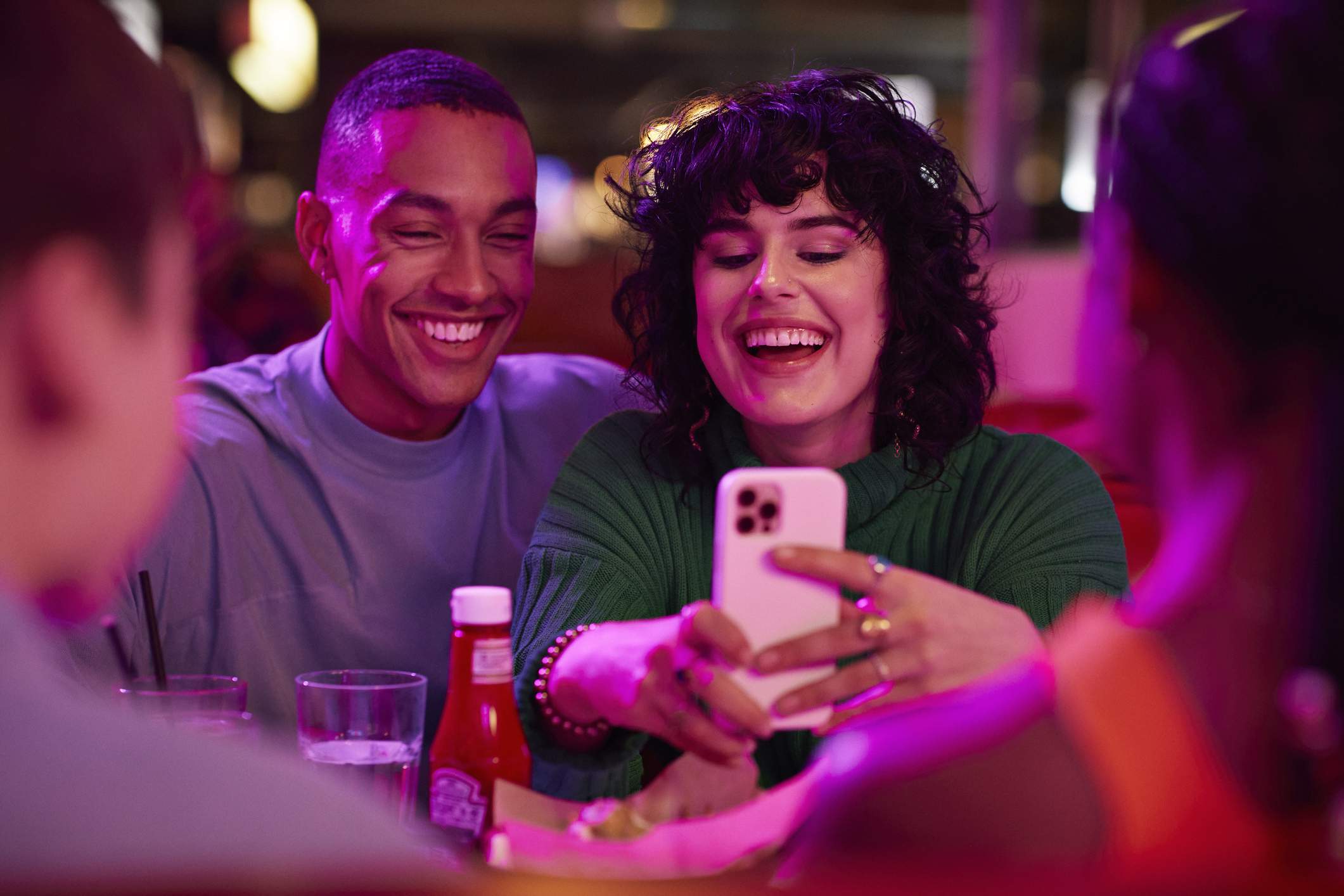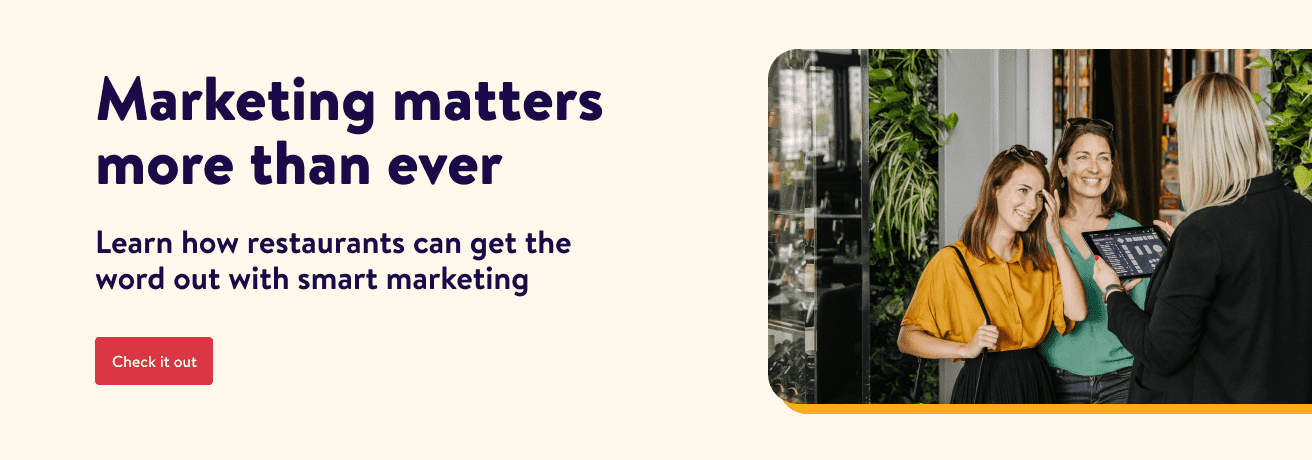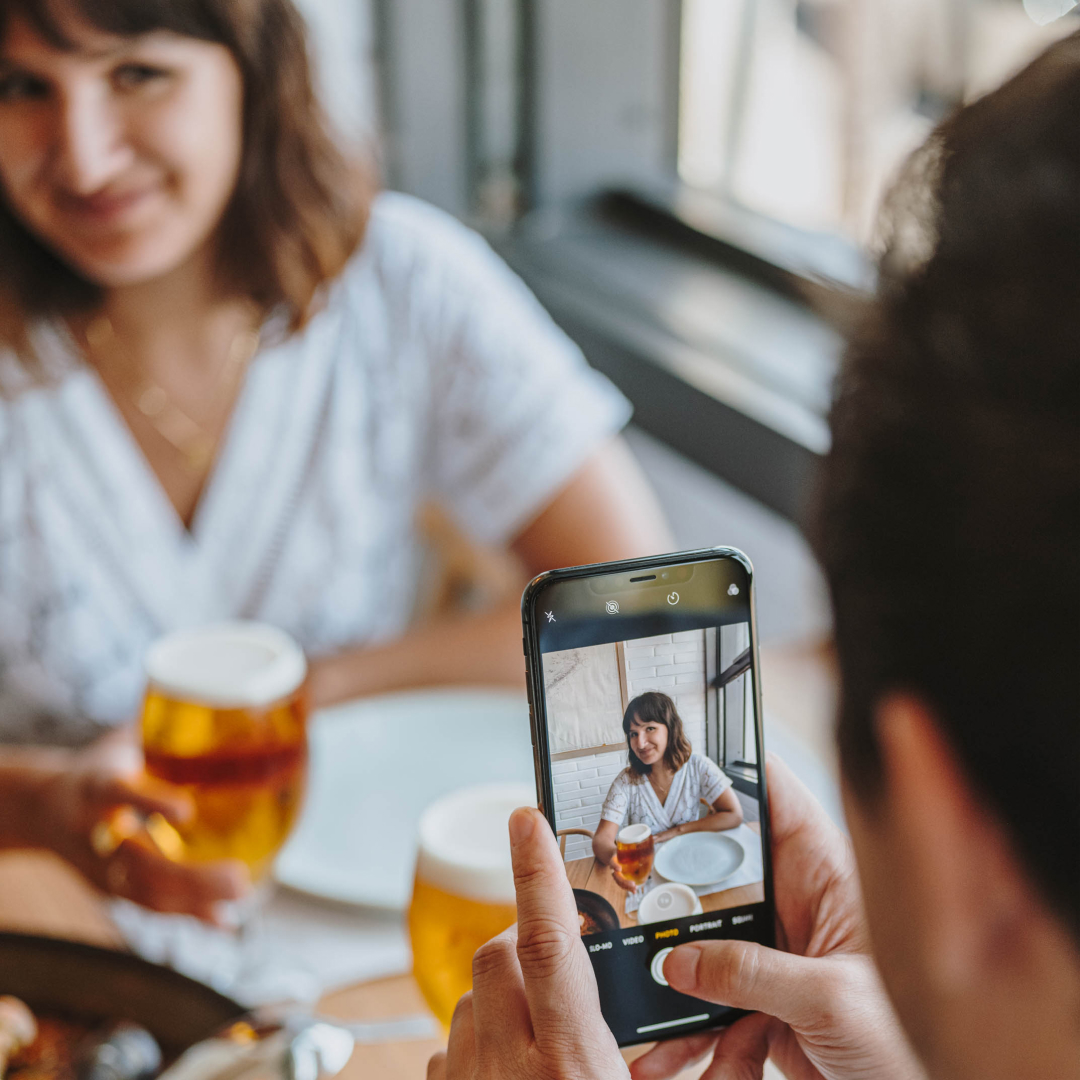Earned media value is a critical metric for any restaurant owner looking to understand their total marketing ROI. Earned media—when your restaurant appears on local news or OpenTable puts you on a list of best restaurants—always gives an owner the warm fuzzies but it may be worth more in hard dollars than you realize. Knowing how to incorporate earned media into your marketing strategy is a must for growing your business.
Before we get to the precise meaning of earned media value, it’s important to understand what earned media is and how you can use it to market your restaurant. Earned media includes more than you might think.
Quick Links
What is earned media?
Why is earned media beneficial for restaurants?
Types of earned media
How is earned media different from paid media?
What is earned media value?
Examples, ideas, and when to use earned vs. paid media
What is earned media?
Earned media is any unpaid promotion or publicity your restaurant receives. The term “earned media ” gets at the idea that you’ve received public praise from a trusted source simply by virtue of being excellent. You didn’t pay for it. You deserve it. This includes media coverage of all kinds, social media engagement, online reviews, and person-to-person or word-of-mouth recommendations.
In truth, earned media doesn’t fall from the sky. It isn’t as easy as it looks. Oftentimes, restaurants receive this earned media after spending thousands on PR and marketing firms for years cultivating close relationships with the right people, like journalists, influencers, and producers. When they crunch the numbers on ROI, many restaurants see that earned media can be worth the investment.

Why is earned media beneficial for restaurants?
Earned media is a valuable marketing tool because it’s unpaid and it really brings guests through the doors. Done right, earned media can offer serious ROI for little to no cost.
Generally speaking, people have more faith in earned media than in paid advertising, too. They take the word of a local food influencer or newspaper more seriously than they do ads, for example. A 2019 Cision report found that 92% of consumers trust earned media amid concerns about misinformation and sponsored content online.
Types of earned media
There are many different types of earned media. Here are some of the most common:
- Media coverage: Blog posts, newspaper and magazine articles, and reviews from restaurant critics published online or in print are all examples of earned media.
- Online reviews: Ratings and reviews from diners on sites like Google, OpenTable, and other platforms are all types of earned media.
- Influencer marketing: The endorsement of a trusted influencer can bring a stampede of new guests through the door. This form of earned media can be the result of an in-kind partnership. Translation: They post about you in exchange for free food and drink.
- Social media interactions: Social media likes, comments, and shares on your content are all earned media.
- Organic SEO results: Strong website SEO can help potential guests discover your restaurant when searching online. This is different from pay-per-click ads set up by a paid media agency.
- Word of mouth: Other forms of word-of-mouth marketing, like person-to-person recommendations and referrals from nearby businesses, are earned media.

How is earned media different from paid media and owned media?
Paid media includes advertising in print, on TV or radio, and online ads purchased through a paid media agency. It’s a transparent transaction. Restaurants don’t pay outright in this way for earned media coverage.
Paid media is also different from owned media. Owned media refers to the platforms your restaurant owns and controls, including:
- Your website
- A blog
- An email newsletter
- Social media channels
Paid media can do a lot for your business. But most experts will tell you that earned media is even more powerful. A marketing strategy that combines the two will give you the best of both worlds.
Unfortunately, getting earned media isn’t as simple as buying an ad in a local publication or hiring a paid media agency. Building relationships with influencers, journalists, and media outlets can take time, notes Entrepreneur.com. Remember, the public’s trust in earned media and the high ROI makes it well worth the effort.
What is earned media value?
Now that you know exactly what earned media is, it’s time to talk in more detail about its value, and what is meant by the phrase “earned media value.” In simple terms, earned media value is a way to put a dollar amount on this type of coverage or engagement.
The ROI on paid media like newspapers and magazine ads is usually pretty easy to calculate. Advertisers pay a certain amount for an ad to be seen by a certain number of people for a period of time. Another example is pay-per-click ads set up by a paid media agency. Every time a consumer clicks your ad, you pay a predetermined amount.
Earned media value can be tougher to figure out because you’re not paying a set amount for so many readers, clicks, or impressions up front. It’s tricky to quantify.
You can use an earned media value calculator to help put a dollar value on the earned media your business receives. The formula for calculating earned media value isn’t perfect, but it can give you important insights into how your strategy is performing.

Examples of earned media and when to use them
Earned media and paid media both have an important place in your restaurant’s marketing strategy. Which one you use in any given situation will depend on factors like your marketing budget and the specific guests you’re trying to reach.
Here are a few ideas for driving earned media without spending any ad dollars:
- Invite an influencer to preview your next menu.
- Invite press from blogs and publications to a pre-opening event.
- Reply to online reviews, both positive and negative. Thank those who left good reviews. If there’s something you can make right after the fact in the negative reviews, try to do that.
- Ensure your social media presence is active and engaging.
- Invest in SEO so more customers discover your restaurant when they’re online searching.
Earned media should be a part of every restaurant’s marketing strategy. Taking the time to calculate earned media value will pay off when you see the ROI you can get without spending a single dollar of your marketing budget.





